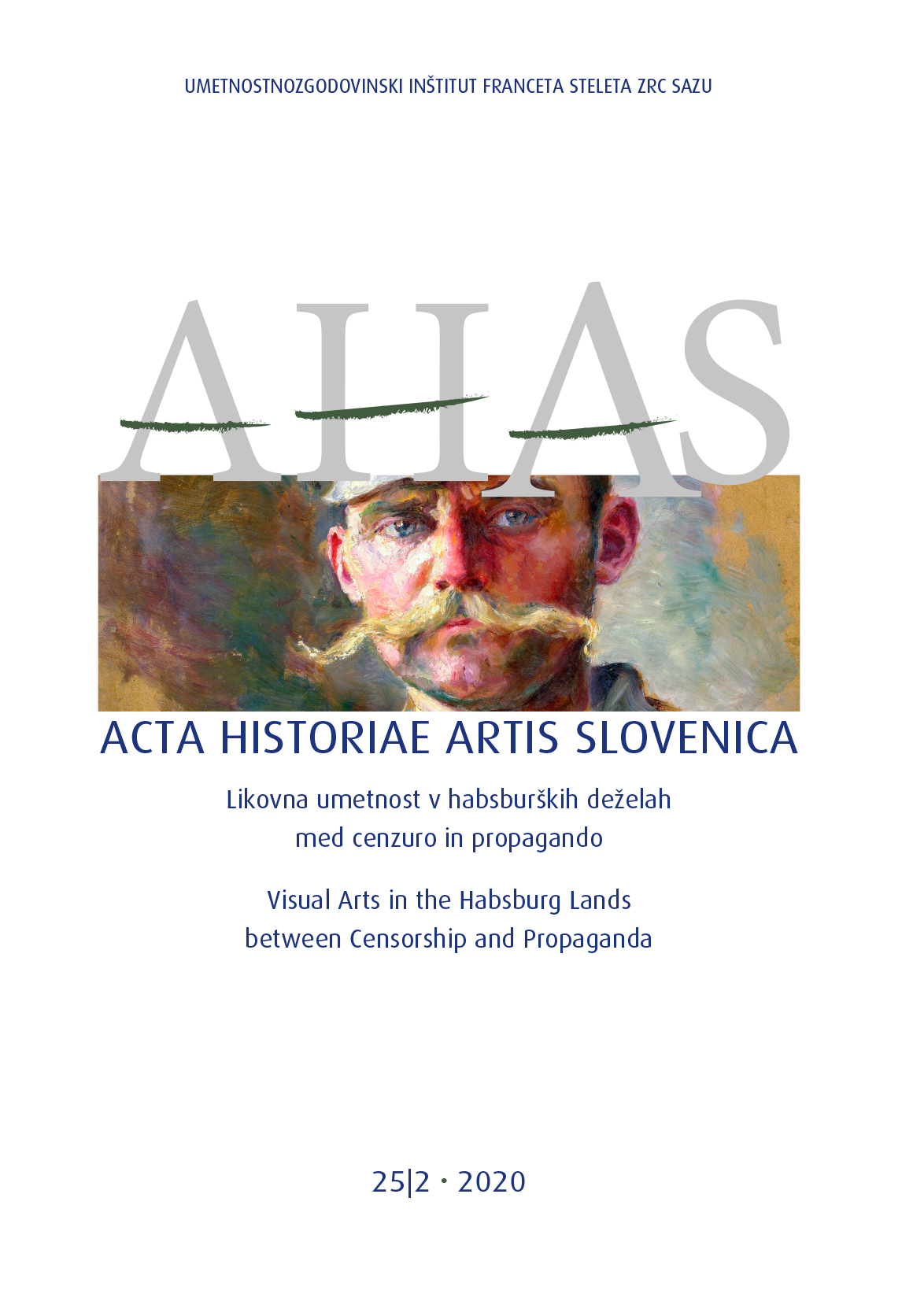The Nations Go Their Own Way
The Position and Creativity of Artists in Carniola between Censorship and Propaganda during the First World War
DOI:
https://doi.org/10.3986/ahas.25.2.13Keywords:
art during the First World War, production circumstances, Carniola, censorship and propaganda, national landscape, Josip Mantuani, Ivan Vavpotič, crucified soldier, Jakopič Pavilion, receptionAbstract
The article discusses the conditions for art production at the time of war absolutism in Carniola from the point of view of censorship and propaganda. In Carniola, the generation of the Slovene moderna and the impressionists had only begun to establish the conditions for an institutional development of Slovene art and, consequently, for successful propaganda. This is the reason why numerous artists found in war propaganda not only possibilities for survival, but they also recognised in the increased circulation and meaning of visual messages an opportunity to establish personal and national ideals. Despite prevalent Austrian and German models, they found ways to encourage Slovene national awareness through the art tradition of national landscape, folk art, and Slovene poetry.
Downloads
Downloads
Published
How to Cite
Issue
Section
License
Copyright (c) 2020 ZRC SAZU in avtorji

This work is licensed under a Creative Commons Attribution-NonCommercial-NoDerivatives 4.0 International License.
Authors guarantee that the work is their own original creation and does not infringe any statutory or common-law copyright or any proprietary right of any third party. In case of claims by third parties, authors commit their self to defend the interests of the publisher, and shall cover any potential costs.
More in: Submission chapter




